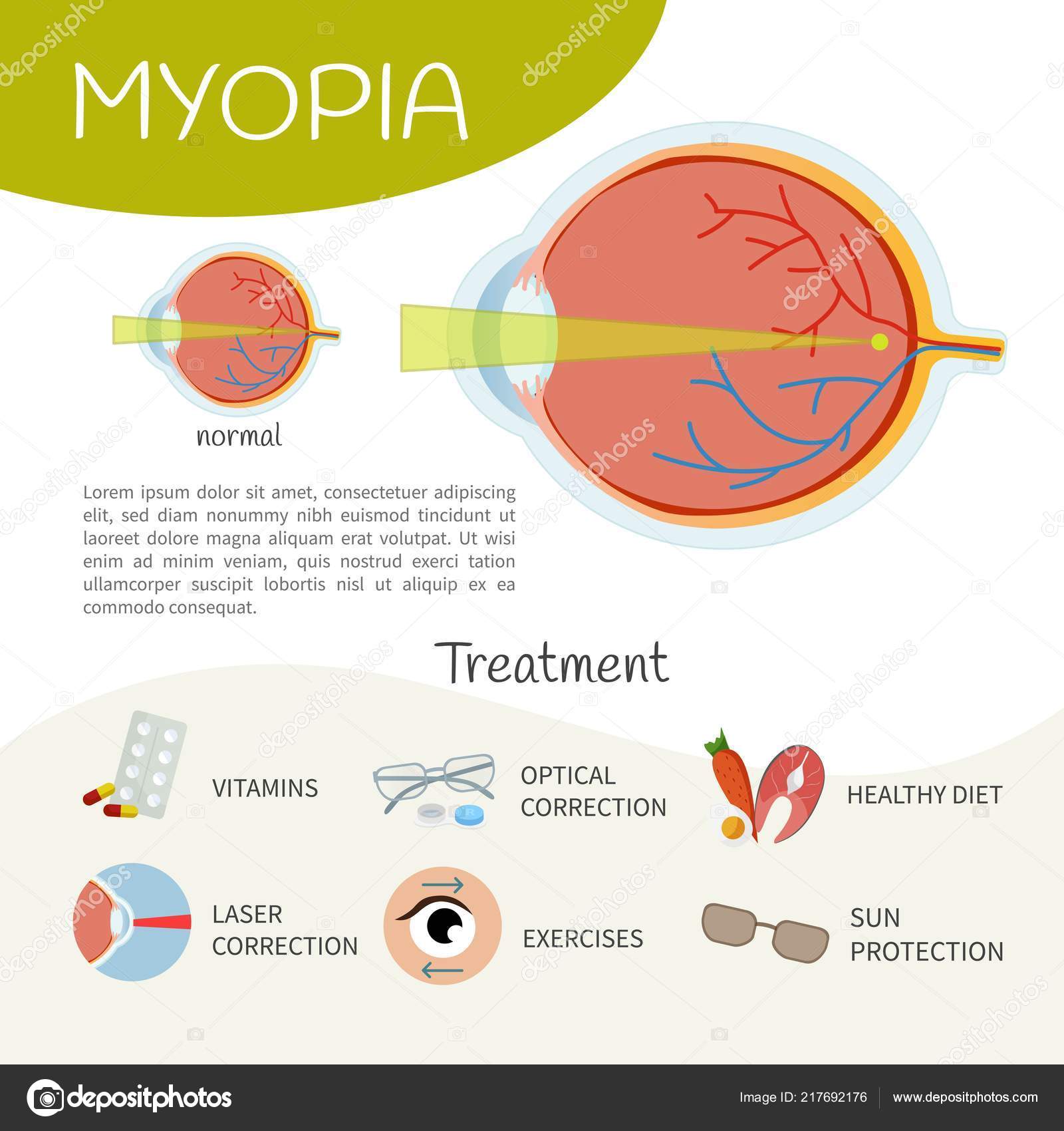Comparing Traditional And Modern Approaches To Treating Glaucoma
Comparing Traditional And Modern Approaches To Treating Glaucoma
Blog Article
Personnel Writer-Locklear Panduro
Did you recognize that the evolution of glaucoma therapy approaches covers centuries, including both traditional treatments and advanced technologies? From ancient organic mixtures to innovative Minimally Invasive Glaucoma Surgical treatment methods, the range of alternatives is huge. As you delve into the details of standard versus cutting-edge strategies, you may uncover shocking insights that challenge conventional point of views on treating this prevalent eye problem.
Historic Development of Glaucoma Treatments
The historical evolution of glaucoma treatments dates back to old human beings where various remedies were used to manage the problem. In old Egypt, for instance, therapies entailed a blend of honey, fat, and sour milk related to the eyes. https://video-of-lasik-surgery06283.dsiblogger.com/59226386/reacting-to-safety-and-security-and-performance-worries-in-advanced-cataract-surgical-treatment and Romans likewise contributed to early glaucoma treatments with a concentrate on topical applications and nutritional treatments. Throughout background, diverse cultures established special strategies to relieve the signs of glaucoma, often rooted in natural solutions and superstitions.
As time progressed, advancements in medical knowledge resulted in more systematic methods to dealing with glaucoma. In the Middle Ages, Arabic scholars made significant payments by examining the anatomy of the eye and establishing surgical techniques to resolve eye conditions. These early advancements laid the foundation for modern-day glaucoma treatments that we've today. Understanding the historical context of glaucoma therapies supplies valuable understandings right into the constant progression and refinement of clinical techniques over the centuries.
Comparison of Traditional Approaches
In contrasting standard approaches for dealing with glaucoma, take into consideration the historical contexts and effectiveness of different remedies.
Typical therapies for glaucoma have actually progressed over centuries, from ancient techniques like using honey and white wine to more current improvements such as eye drops and surgeries. Historically, solutions like the application of leeches or organic concoctions were used to minimize signs, however their performance was restricted.
As time progressed, techniques like iridectomy, where a part of the iris is gotten rid of, came to be preferred for decreasing intraocular stress. Some standard techniques, like making use of oral medications to lower eye pressure, have stood the test of time and are still made use of today. Nevertheless, these treatments usually come with adverse effects and may not be as effective as contemporary alternatives.
It's essential to consider the historical relevance of conventional glaucoma treatments versus their efficacy in the context of existing clinical innovations.
Examination of Cutting-edge Treatment Approaches
Considering the progressing landscape of glaucoma therapy, ingenious approaches are reinventing the way this eye problem is taken care of.
One notable advancement is minimally intrusive glaucoma surgical treatment (MIGS), which provides a much less intrusive option to conventional surgeries. MIGS intends to minimize intraocular stress by enhancing the eye's all-natural drain system, resulting in less complications and faster healing times contrasted to traditional surgeries.
Furthermore, the growth of sustained-release medication delivery systems has provided a more effective way to provide glaucoma medicine. These systems can launch drug slowly over a prolonged period, boosting client adherence and decreasing the regularity of eye declines.
Additionally, arising https://www.ctvnews.ca/health/proposed-class-action-lawsuit-against-lasik-md-not-authorized-1.5378241 like careful laser trabeculoplasty (SLT) provide a non-invasive choice for lowering intraocular stress by targeting certain cells in the eye's drainage system.
Conclusion
As you review the development of glaucoma treatments, you can see how traditional methods have led the way for cutting-edge strategies to emerge.
From ancient solutions to modern-day innovations, the trip of treating this complex eye problem has resembled a rollercoaster experience.
But with new methods like MIGS and sustained-release drug distribution, the future appearances brighter than ever before for clients seeking reliable and less invasive services.
